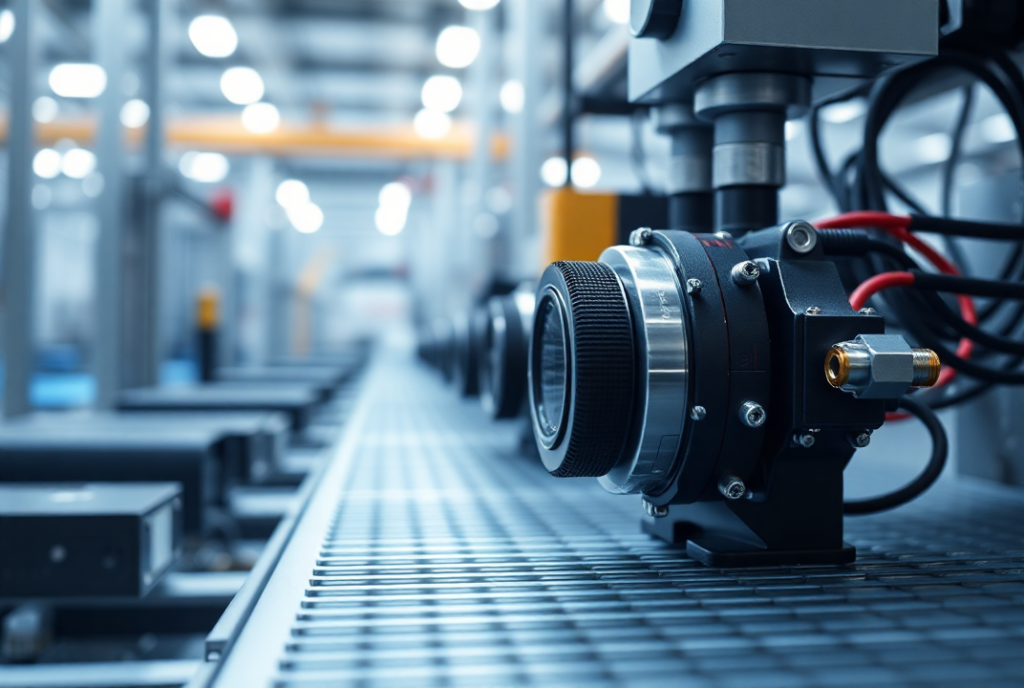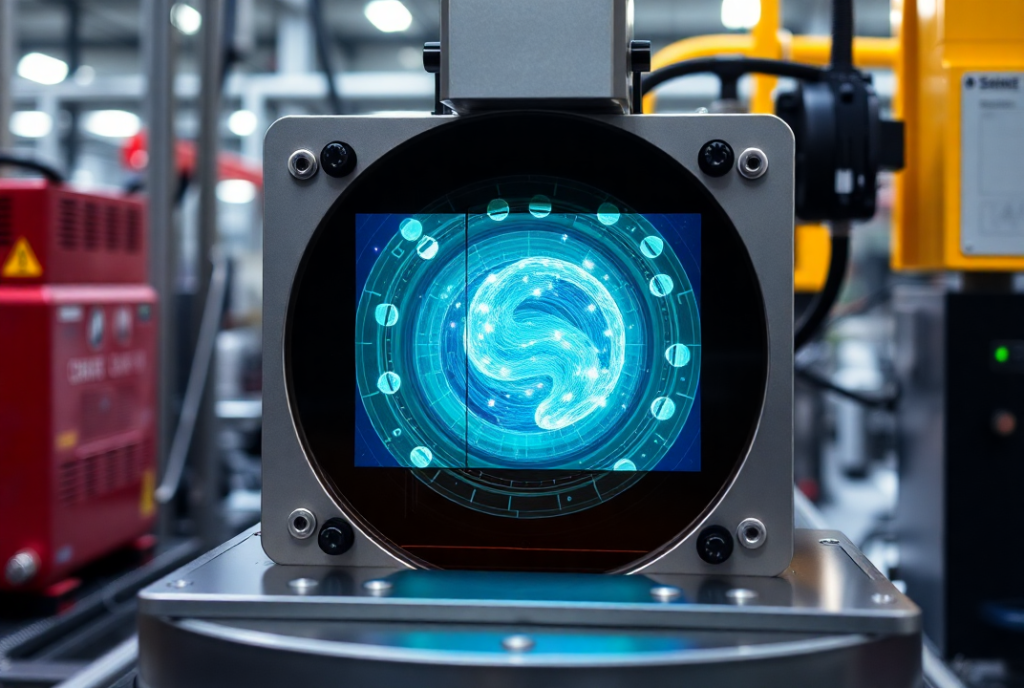The level of quality is a crucial factor in today’s competitive world of industries losing or even compromising it for the sake of speed is not sustainable in the current industrial environments. The influence of the minimal manufacturing defect has a negative effect on the company’s balance sheet, as well as loss of customer loyalty. Introducing artificial vision systems—a new wave that is revolutionizing quality inspection in a wide range of sectors. Such systems provide very high levels of accuracy, productivity, and dependability to guarantee that all products meet the right quality standards.
The Basics of Artificial Vision Systems
Artificial vision systems employ sophisticated cameras, intelligent sensors, and program-based algorithms in the same manner as human vision. However, their capabilities are much beyond the human capability that the eyes are endowed with. These systems are used to detect defects, take measurements, check labels, and perform several other essential activities rapidly and accurately.
Artificial vision systems are as opposed to manual inspections which are flexible, accurate, and capable of being integrated into different manufacturing settings. It can work on shifts in a manner that will eliminate gaps in the quality assurance process, all without assistance from human beings.

Enhancing Quality Control with Artificial Vision
Artificial vision systems improve quality control in several ways:
Real-Time Defect Detection
Real-time vision systems also can identify defects like cracks, dents, scratches, or misaligned parts. By addressing these problems at this level, the lines can correct them early enough and not allow faulty products to get deeper into the line, giving rise to additional costs.
Precision and Accuracy
Such systems are accurate in every littlest aspect of the objects under consideration. Whether measuring the thickness of the material it is used on, making sure labels are aligned, or checking and ensuring color consistency, artificial vision makes sure the product is exactly as it should be.
Consistency Across Large Volumes
It is very difficult for human inspectors to maintain the same level of product quality standards when companies are producing thousands, if not millions, of products. High-volume applications benefit from artificial vision systems as these systems can perform uniform inspection irrespective of the speed at which the product is being manufactured.
Data-Driven Insights
Sophisticated vision systems gather data and present the organization with information pertaining to trends within production and quality problems that might exist. These pieces of information help manufacturers minimize the cycle time, avoid stoppage, and enhance productivity.
Versatility Across Industries
There are specific artificial vision system applications for nearly every industry, from food and beverage to pharmaceuticals and automotive manufacturing. They are versatile and flexible in nature and can be designed to inspect products of different shapes and sizes and made from different materials.

Applications in Key Industries
Artificial vision systems are versatile tools that cater to a wide range of sectors:
Food and Beverage
In food packaging, vision systems check for contaminants on products and correct the position of the seals and labelings. For beverages they check if the bottle caps have been sealed properly and also check the fill line.
Pharmaceuticals
The manufacture of pharmaceutical products requires high standards of quality. It performs functions such as checking the authenticity of the packaging of several drugs, checking for defects in the manufacture of tablets, respectively, and determining if the labels meet the standard set by the law.
Automotive
In automotive manufacturing lines, artificial vision systems are used to check gears, brake pads, and other car engine parts. They also confirm proper structures that ensure the safety and performance of complicated systems.
Cosmetics
Specifically, vision systems guarantee that cosmetic packaging is of high quality, has the right label, and is not leaking. They also confirm quality in terms of looks, especially the color and texture of the products.
Benefits Beyond Quality Control
The advantages of artificial vision systems extend beyond improving quality control:
Reduced Costs
That’s because the more defects are identified as soon as possible, the less money manufacturers will have to spend on recalls, less material is wasted, and fewer expenses will be spent on rework.
Increased Productivity
Automated inspections are quicker than the conventional methods of inspection since the production lines are lined with automatic systems.
Enhanced Compliance
Vision systems assist manufacturers in meeting set industry standards and laws concerning the manufacturing of products to ensure each manufactured product meets the set specifications.
Enhanced Customer Satisfaction
High-quality work is also the way to make customers trust you and remain loyal to the brand.

The Role of Custom Solutions
Configurations of production lines also vary and end-to-end solutions never work well. It is important to note that firms such as E2M COUTH undertake the development of artificial vision systems to fit individual organizations’ requirements. These systems help to solve specific tasks, be it examining thin glassware, identifying complex shapes, or controlling fast-moving production processes.
Custom solutions help businesses to maximize their performance, enhance their adaptability, and achieve steady and consistent development in accordance with new tendencies in the field of economy.
Conclusion
Vision systems are transforming quality assurance processes on production lines and delivering the means for manufacturers to increase quality while cutting costs and enhancing production. These systems are very useful in today’s manufacturing processes because they can provide real-time information, identify the precise location of defects, and integrate themselves into so many kinds of industries. In this sense, for companies willing to improve their production lines, the utilization of artificial vision systems is not a mere option but a requirement in the current market.
Read More

